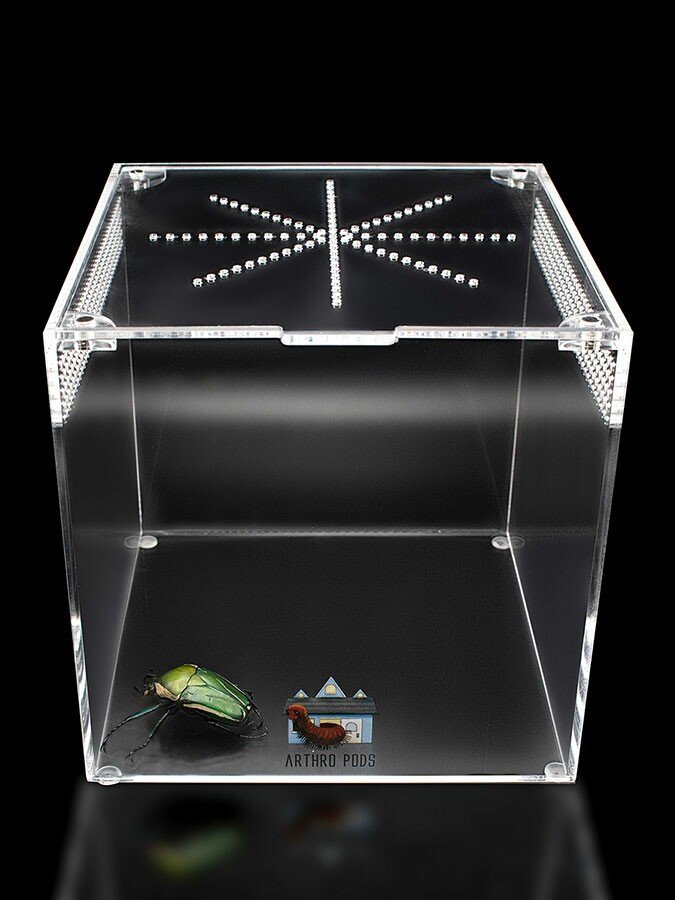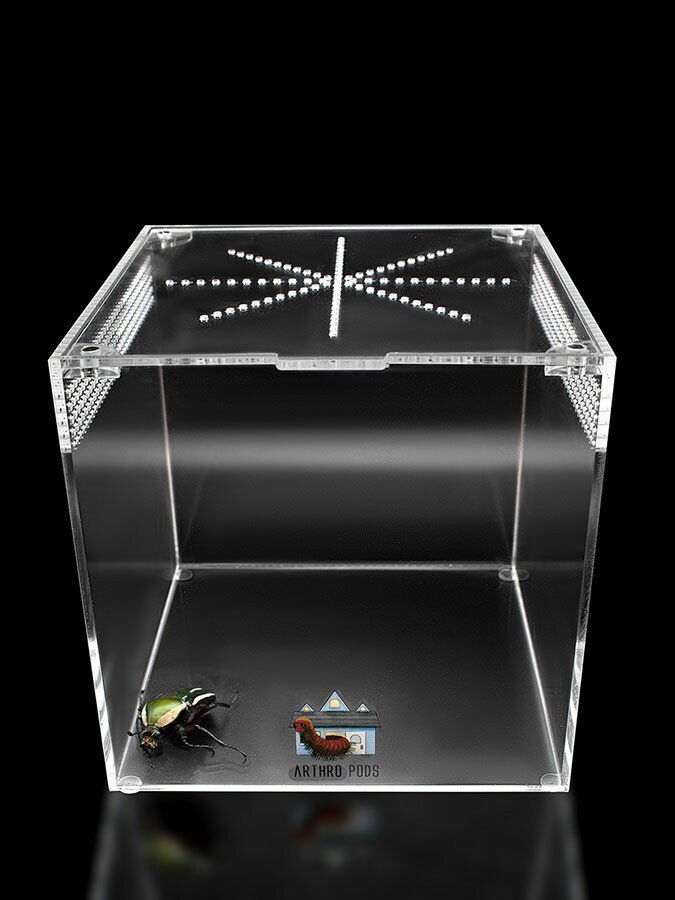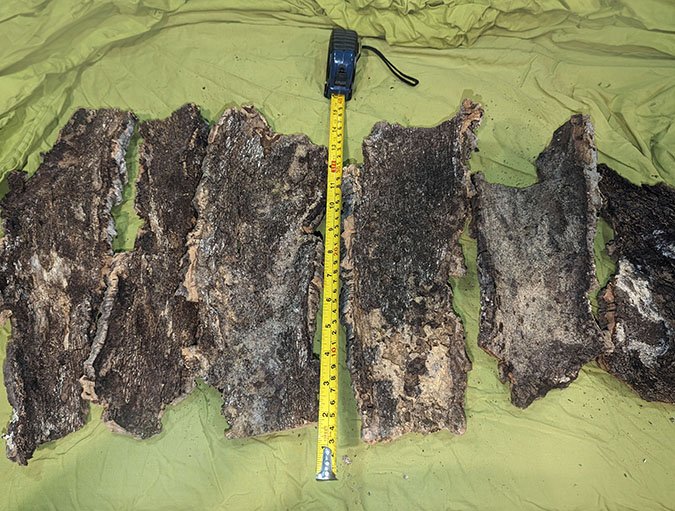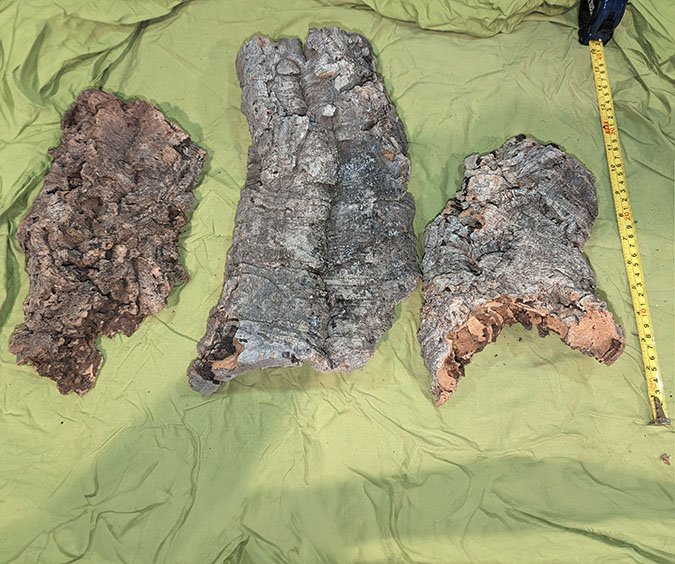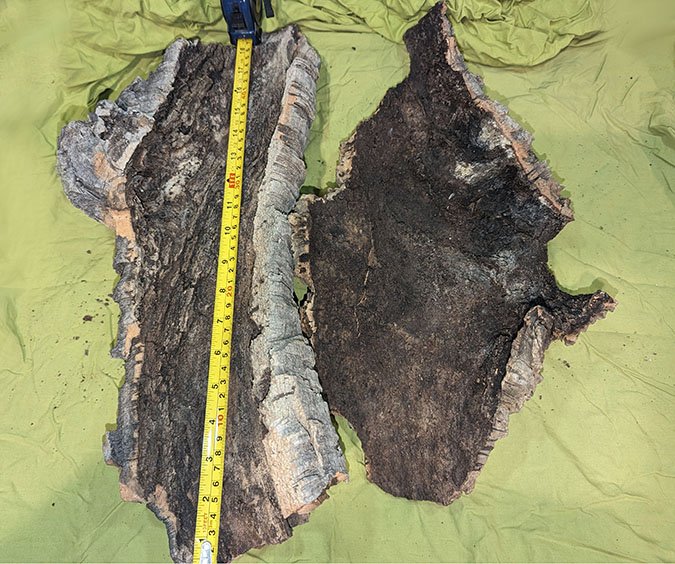Harpactira namaquensis
Harpactira namaquensis, commonly known as the Bronze Baboon Spider Tarantula, is a striking fossorial Old World species native to the arid and semi-arid regions of Namibia and South Africa, particularly within the Namaqualand biome. This species is part of the Harpactirinae subfamily, a group of African tarantulas often called “baboon spiders” due to their powerful builds, strong front legs, and woolly appearance.
What makes H. namaquensis especially captivating is its brassy-bronze coloration. It may appear as a shimmering gold or copper tone across the carapace and legs, particularly after a fresh molt. While not as vibrantly marked as some other African species, its metallic sheen and earthy tones make it a favorite among collectors who appreciate more subtle, naturalistic beauty.
This terrestrial, obligate burrower is known for constructing deep and stable silk-lined burrows beneath rocks or within dry, sandy soils. In captivity, it prefers to stay hidden but may emerge during night hours to hunt or patrol the mouth of its retreat. Like many Old World species, H. namaquensis does not possess urticating hairs and instead relies on defensive postures, rapid movement, and potent venom to deter threats. Though not inherently aggressive, it is defensive and fast, making it best suited for intermediate to advanced keepers.
Harpactira namaquensis, commonly known as the Bronze Baboon Spider Tarantula, is a striking fossorial Old World species native to the arid and semi-arid regions of Namibia and South Africa, particularly within the Namaqualand biome. This species is part of the Harpactirinae subfamily, a group of African tarantulas often called “baboon spiders” due to their powerful builds, strong front legs, and woolly appearance.
What makes H. namaquensis especially captivating is its brassy-bronze coloration. It may appear as a shimmering gold or copper tone across the carapace and legs, particularly after a fresh molt. While not as vibrantly marked as some other African species, its metallic sheen and earthy tones make it a favorite among collectors who appreciate more subtle, naturalistic beauty.
This terrestrial, obligate burrower is known for constructing deep and stable silk-lined burrows beneath rocks or within dry, sandy soils. In captivity, it prefers to stay hidden but may emerge during night hours to hunt or patrol the mouth of its retreat. Like many Old World species, H. namaquensis does not possess urticating hairs and instead relies on defensive postures, rapid movement, and potent venom to deter threats. Though not inherently aggressive, it is defensive and fast, making it best suited for intermediate to advanced keepers.
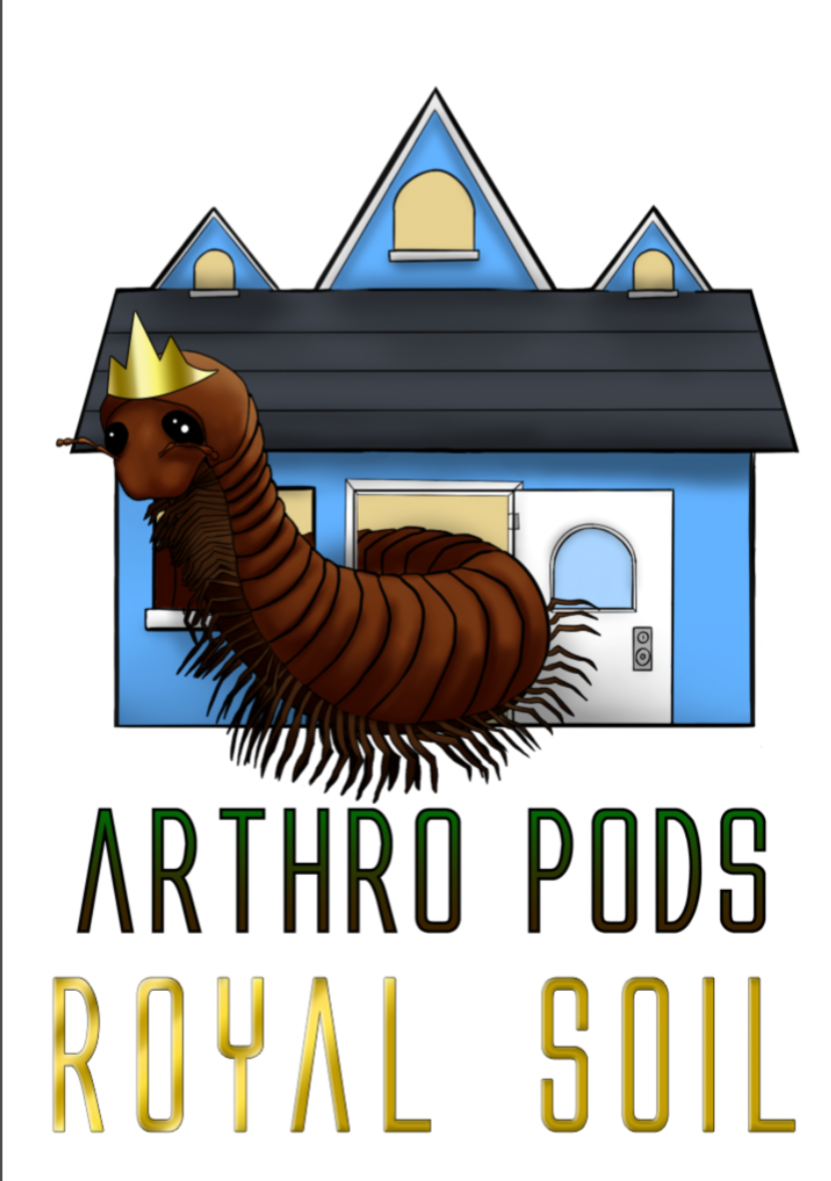

Harpactira namaquensis, commonly known as the Bronze Baboon Spider Tarantula, is a striking fossorial Old World species native to the arid and semi-arid regions of Namibia and South Africa, particularly within the Namaqualand biome. This species is part of the Harpactirinae subfamily, a group of African tarantulas often called “baboon spiders” due to their powerful builds, strong front legs, and woolly appearance.
What makes H. namaquensis especially captivating is its brassy-bronze coloration. It may appear as a shimmering gold or copper tone across the carapace and legs, particularly after a fresh molt. While not as vibrantly marked as some other African species, its metallic sheen and earthy tones make it a favorite among collectors who appreciate more subtle, naturalistic beauty.
This terrestrial, obligate burrower is known for constructing deep and stable silk-lined burrows beneath rocks or within dry, sandy soils. In captivity, it prefers to stay hidden but may emerge during night hours to hunt or patrol the mouth of its retreat. Like many Old World species, H. namaquensis does not possess urticating hairs and instead relies on defensive postures, rapid movement, and potent venom to deter threats. Though not inherently aggressive, it is defensive and fast, making it best suited for intermediate to advanced keepers.
What's the ideal diet for a Bronze Baboon Spider Tarantula?
All Tarantulas can eat a variety of feeders. Stick to crickets, dubia roaches, silkworms, horned worms occasionally, and a superworm or mealworm as the occasional treat!
How should I keep a Bronze Baboon Spider Tarantula?
You can start with the Fossorial Fissure Small enclosure for this particular creature. When they are about ⅓ the size, you will want to go to the Fossorial Fissure Medium or Fossorial Fissure Large enclosure. Feed them as slings once a week, twice if their opisthosoma (abdomen) looks small, but if the opisthosoma is wider than their prosoma (pneumothorax), then wait a couple of days to feed. For juveniles or adults, stick to feeding once a week, nothing larger than their opisthosoma. Make sure to keep a full water dish at all times; wider and deeper is preferred.
How long could a Bronze Baboon Spider Tarantula live?
Females are believed to live upwards of 15+ years, and males not exceeding around 5 years of age. All estimates are based on multiple sources.




